Northern Europe, Medieval Period, cast bronze stylised figure with a spear riding a horse, the horses head with stamped marks (106g), 52.96mm tall, 19.56mm wide
Provenance: from a European Collection
A Medieval Bronze Weight: Horse and Rider
This Medieval bronze weight was likely used for trade or ceremonial purposes. Its distinctive form—a stylized horse with a rider—reflects both the artistic style and practical function of such objects during this time. The use of animal shapes, particularly horses, was common in weights and similar objects from various Scandinavian contexts, often symbolizing power, status, or prosperity.
This particular bronze figure fits into the broader category of medieval bronze horses that were often discovered across Scandinavia, particularly in regions like Halland (a historical province in Sweden). These small, intricately cast bronze objects are noted for their greenish patina, a result of bronze corrosion over the centuries, adding to their visual and historical appeal. There have been several studies of similar figures found in Brostorp, Valla socken Halland, that were unearthed during excavations dating back to the late 19th and early 20th centuries.
While many early historians and archaeologists classified these types of figurines as toys or ritualistic objects, the weight and craftsmanship suggest a more practical application. At 106 grams, this bronze figure could have been used as a weight in the measurement of goods, fitting into a larger system of weights used during trade in medieval Scandinavia. The scale of the object aligns with other medieval weights, which were often based on symbolic animal shapes, particularly horses, known for their association with wealth, status, and warfare.
Furthermore, the object’s association with the Viking period and early medieval trade networks cannot be ignored. Scandinavian societies relied heavily on trading, both locally and across long distances, and accurate measurement of commodities like silver, grain, or fur was crucial for maintaining economic stability. The design of a horse may have been a deliberate choice, reflecting the significance of horses in both Viking and medieval Scandinavian culture, where they were symbols of nobility, strength, and the gods themselves.
Comparative Analysis - Harald Wideen and other archaeologists have documented similar objects found across Norway, Sweden, and Denmark, supporting the idea of a pan-Scandinavian tradition of crafting animal-shaped weights. These figurines often depict horses with exaggerated features—such as large, arching necks and abstracted proportions—which emphasize their symbolic rather than realistic qualities.
The bronze horse’s design, with its simplified rider and disproportionately large head, shows the hallmarks of medieval Scandinavian bronze work. Bronze casting was a well-established technique, allowing for detailed and durable figures. The patina, visible in the object’s dark green and brown surface, is the result of age and environmental exposure, which has given the object a textured appearance.
The horse’s form, including the wide-set legs and broad, flat body, suggests it was designed for stability—essential for an object serving as a weight. Its abstracted style, especially in the depiction of the rider, aligns with the medieval Scandinavian artistic focus on form and symbolism over realism, which was typical of the era's smaller bronze figures.
This bronze figure of a horse and rider exemplifies a medieval Scandinavian weight used in both everyday trade and possibly ritualistic practices. Its craftsmanship, weight, and form provide valuable insight into the economic and cultural life of medieval Scandinavia. The object fits into a broader tradition of animal-shaped bronze figures that have been found across Sweden, Norway, and Denmark, all serving as testaments to the region’s rich artistic and economic history.
Northern Europe, Medieval Period, cast bronze stylised figure with a spear riding a horse, the horses head with stamped marks (106g), 52.96mm tall, 19.56mm wide
Provenance: from a European Collection
A Medieval Bronze Weight: Horse and Rider
This Medieval bronze weight was likely used for trade or ceremonial purposes. Its distinctive form—a stylized horse with a rider—reflects both the artistic style and practical function of such objects during this time. The use of animal shapes, particularly horses, was common in weights and similar objects from various Scandinavian contexts, often symbolizing power, status, or prosperity.
This particular bronze figure fits into the broader category of medieval bronze horses that were often discovered across Scandinavia, particularly in regions like Halland (a historical province in Sweden). These small, intricately cast bronze objects are noted for their greenish patina, a result of bronze corrosion over the centuries, adding to their visual and historical appeal. There have been several studies of similar figures found in Brostorp, Valla socken Halland, that were unearthed during excavations dating back to the late 19th and early 20th centuries.
While many early historians and archaeologists classified these types of figurines as toys or ritualistic objects, the weight and craftsmanship suggest a more practical application. At 106 grams, this bronze figure could have been used as a weight in the measurement of goods, fitting into a larger system of weights used during trade in medieval Scandinavia. The scale of the object aligns with other medieval weights, which were often based on symbolic animal shapes, particularly horses, known for their association with wealth, status, and warfare.
Furthermore, the object’s association with the Viking period and early medieval trade networks cannot be ignored. Scandinavian societies relied heavily on trading, both locally and across long distances, and accurate measurement of commodities like silver, grain, or fur was crucial for maintaining economic stability. The design of a horse may have been a deliberate choice, reflecting the significance of horses in both Viking and medieval Scandinavian culture, where they were symbols of nobility, strength, and the gods themselves.
Comparative Analysis - Harald Wideen and other archaeologists have documented similar objects found across Norway, Sweden, and Denmark, supporting the idea of a pan-Scandinavian tradition of crafting animal-shaped weights. These figurines often depict horses with exaggerated features—such as large, arching necks and abstracted proportions—which emphasize their symbolic rather than realistic qualities.
The bronze horse’s design, with its simplified rider and disproportionately large head, shows the hallmarks of medieval Scandinavian bronze work. Bronze casting was a well-established technique, allowing for detailed and durable figures. The patina, visible in the object’s dark green and brown surface, is the result of age and environmental exposure, which has given the object a textured appearance.
The horse’s form, including the wide-set legs and broad, flat body, suggests it was designed for stability—essential for an object serving as a weight. Its abstracted style, especially in the depiction of the rider, aligns with the medieval Scandinavian artistic focus on form and symbolism over realism, which was typical of the era's smaller bronze figures.
This bronze figure of a horse and rider exemplifies a medieval Scandinavian weight used in both everyday trade and possibly ritualistic practices. Its craftsmanship, weight, and form provide valuable insight into the economic and cultural life of medieval Scandinavia. The object fits into a broader tradition of animal-shaped bronze figures that have been found across Sweden, Norway, and Denmark, all serving as testaments to the region’s rich artistic and economic history.
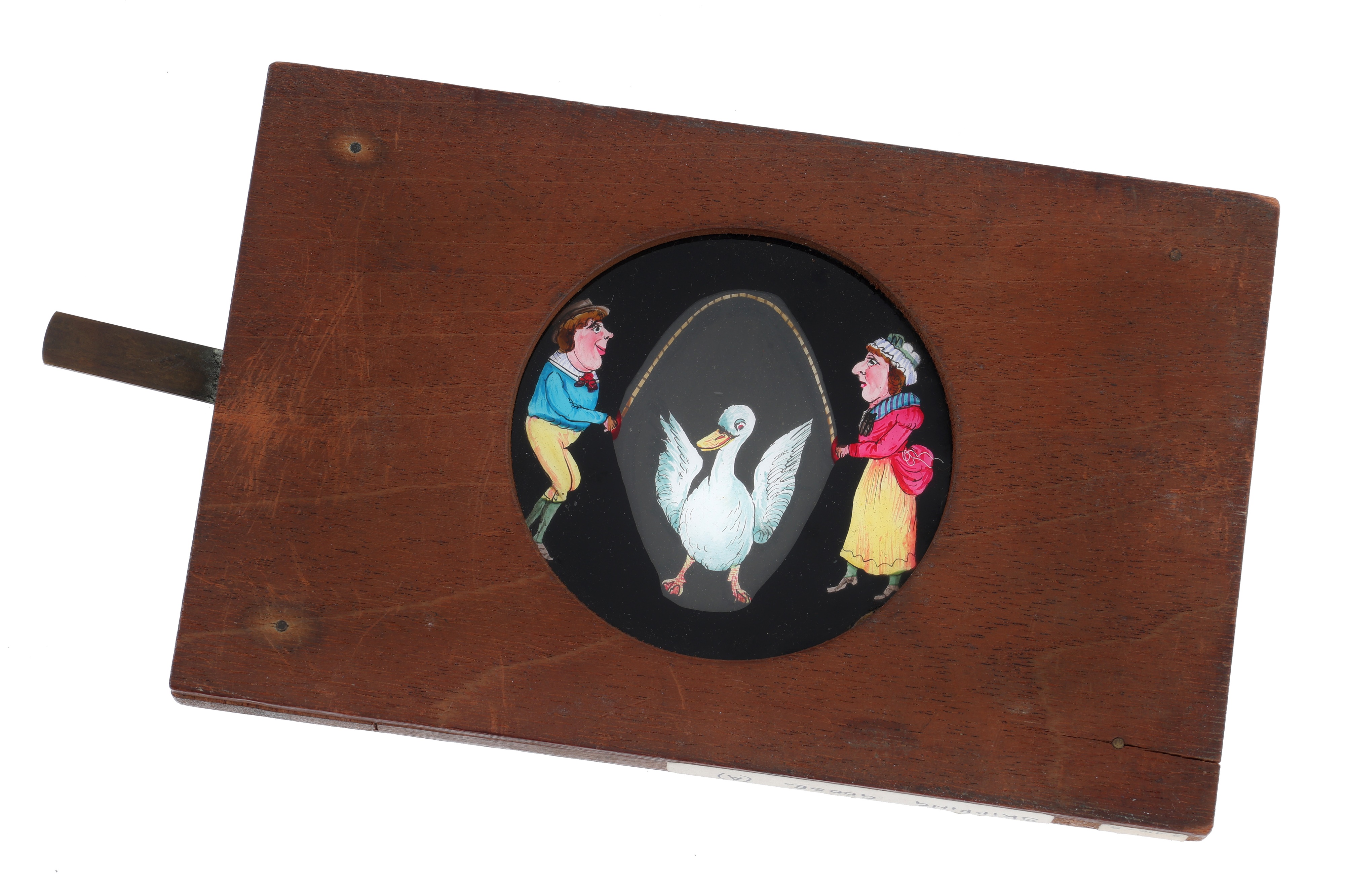
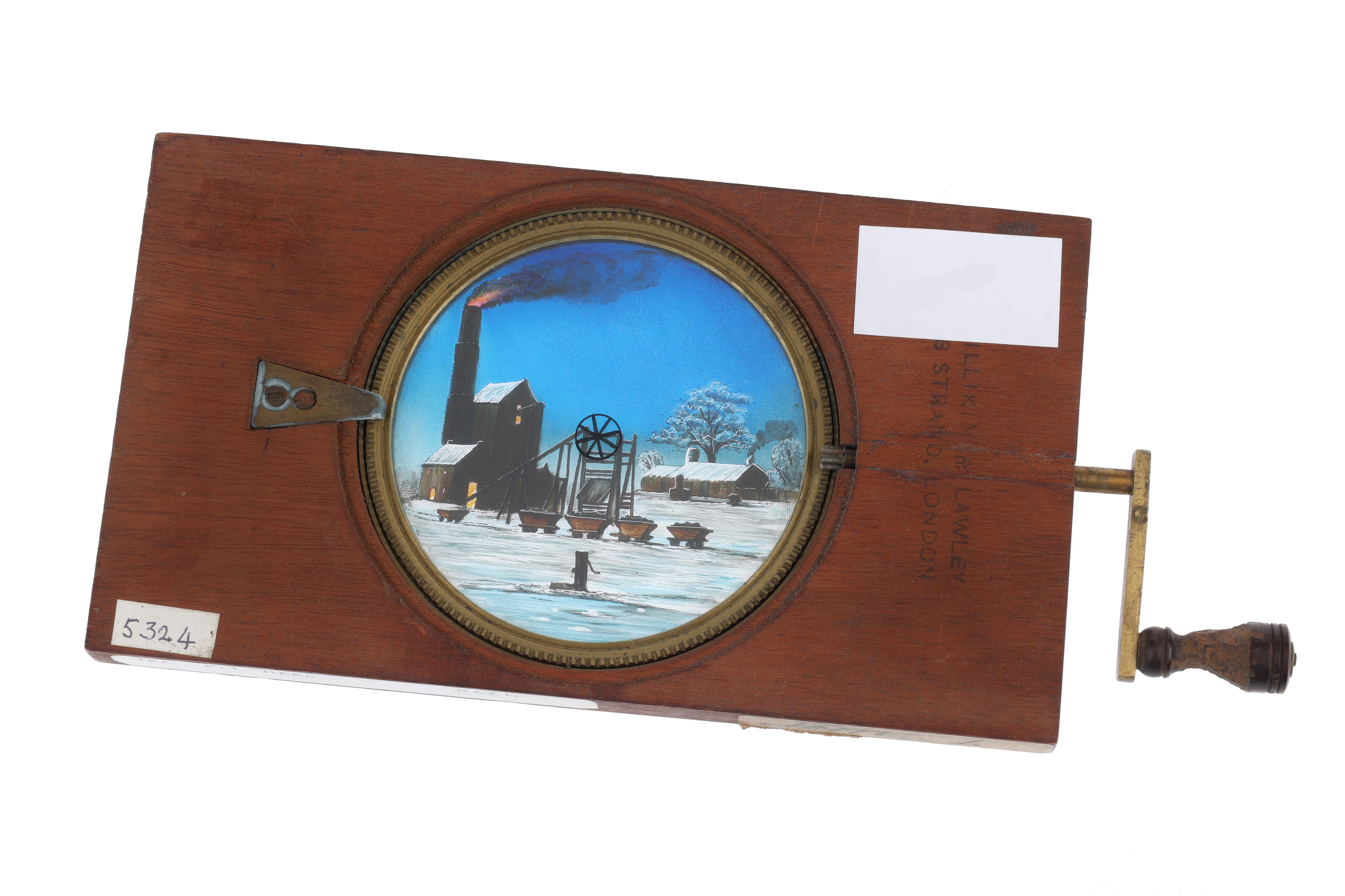
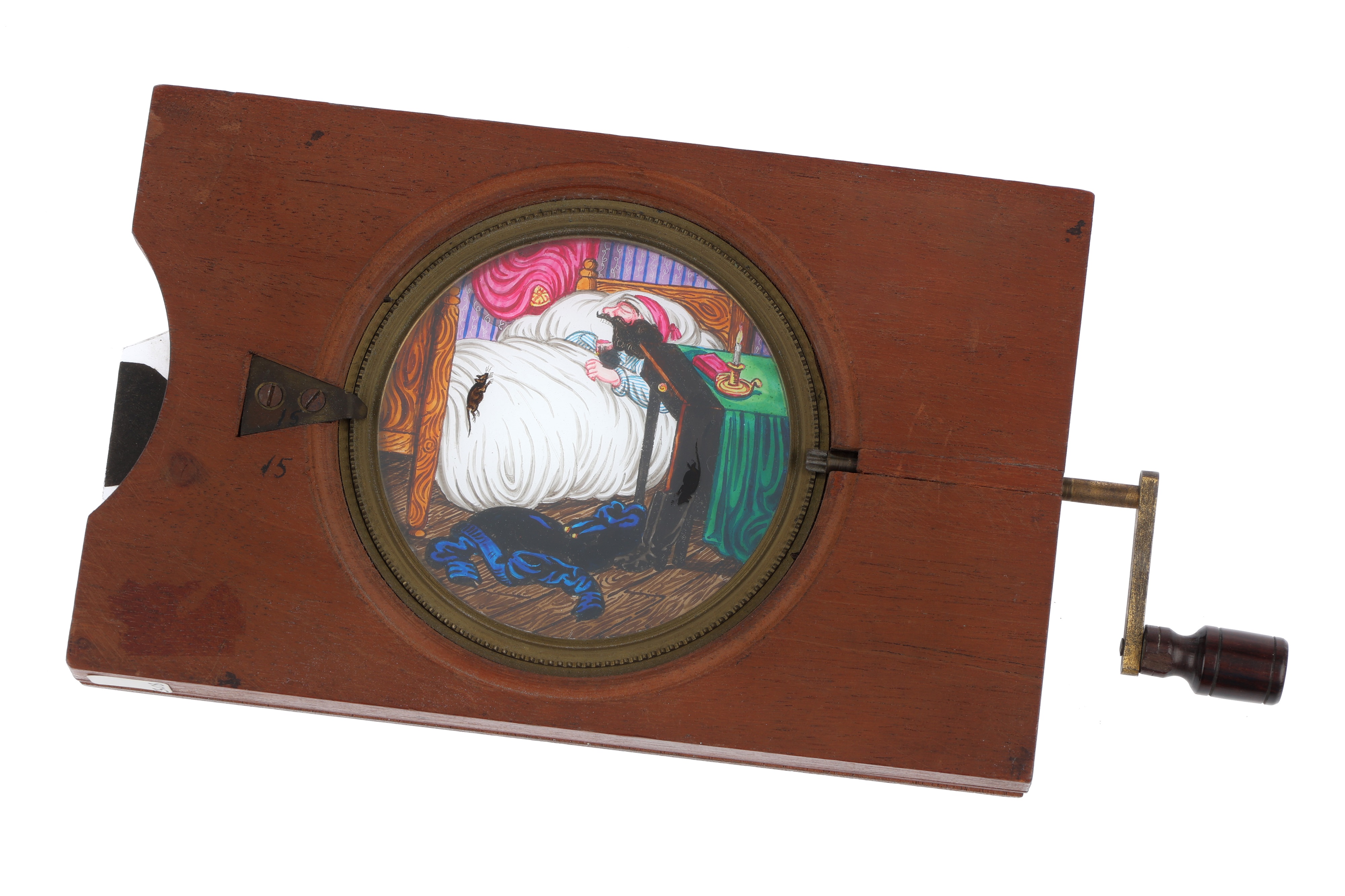
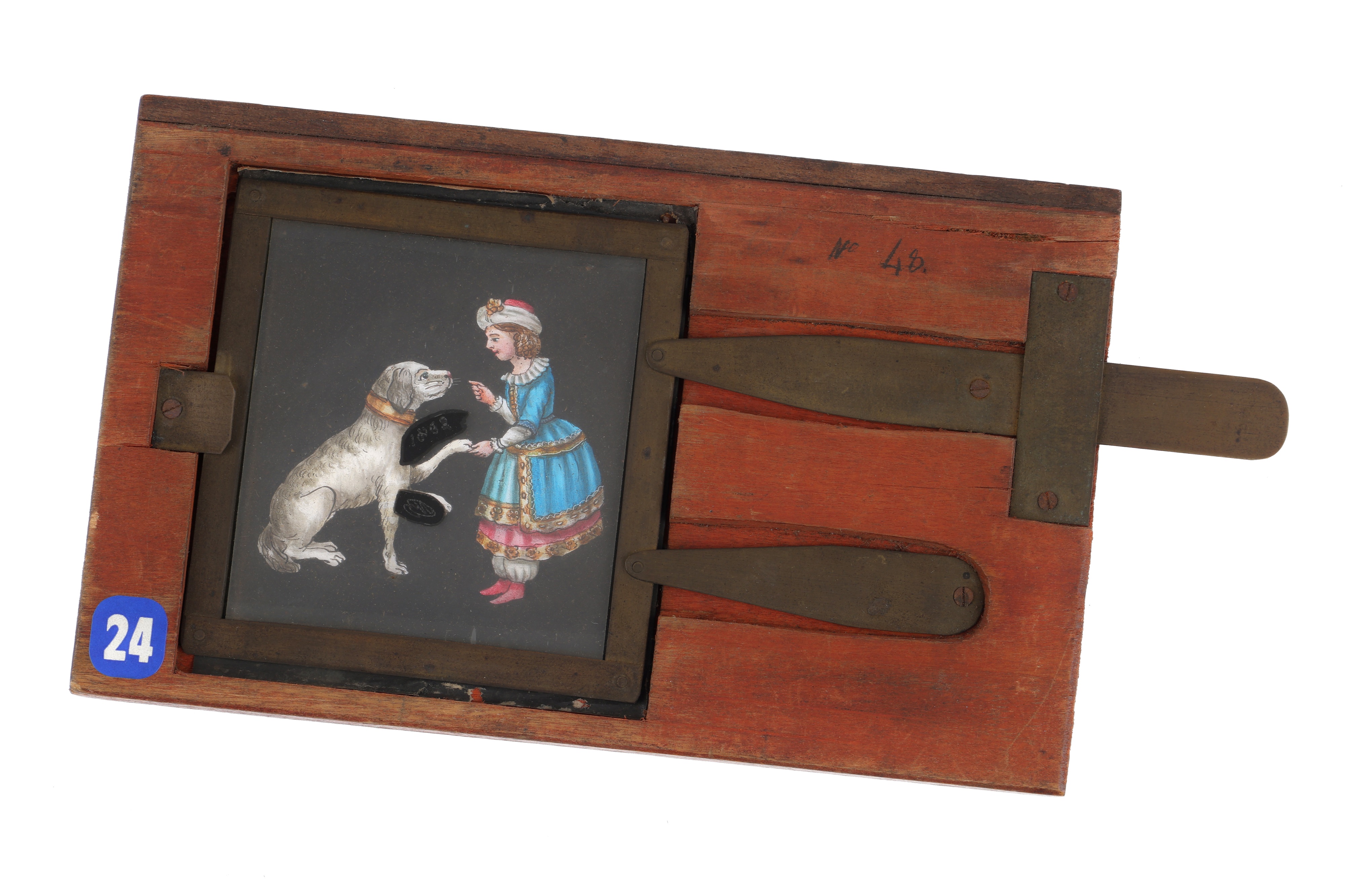
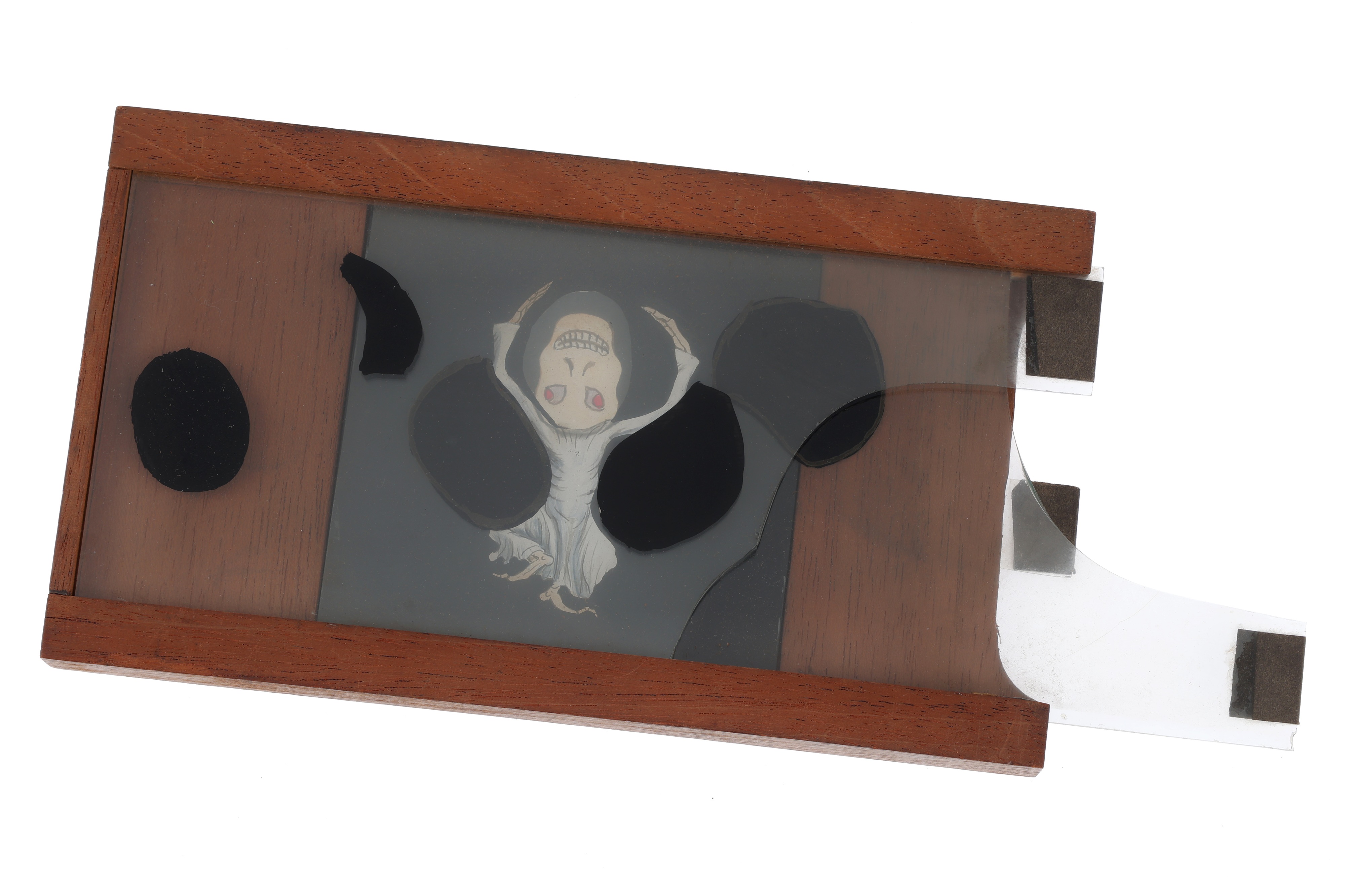
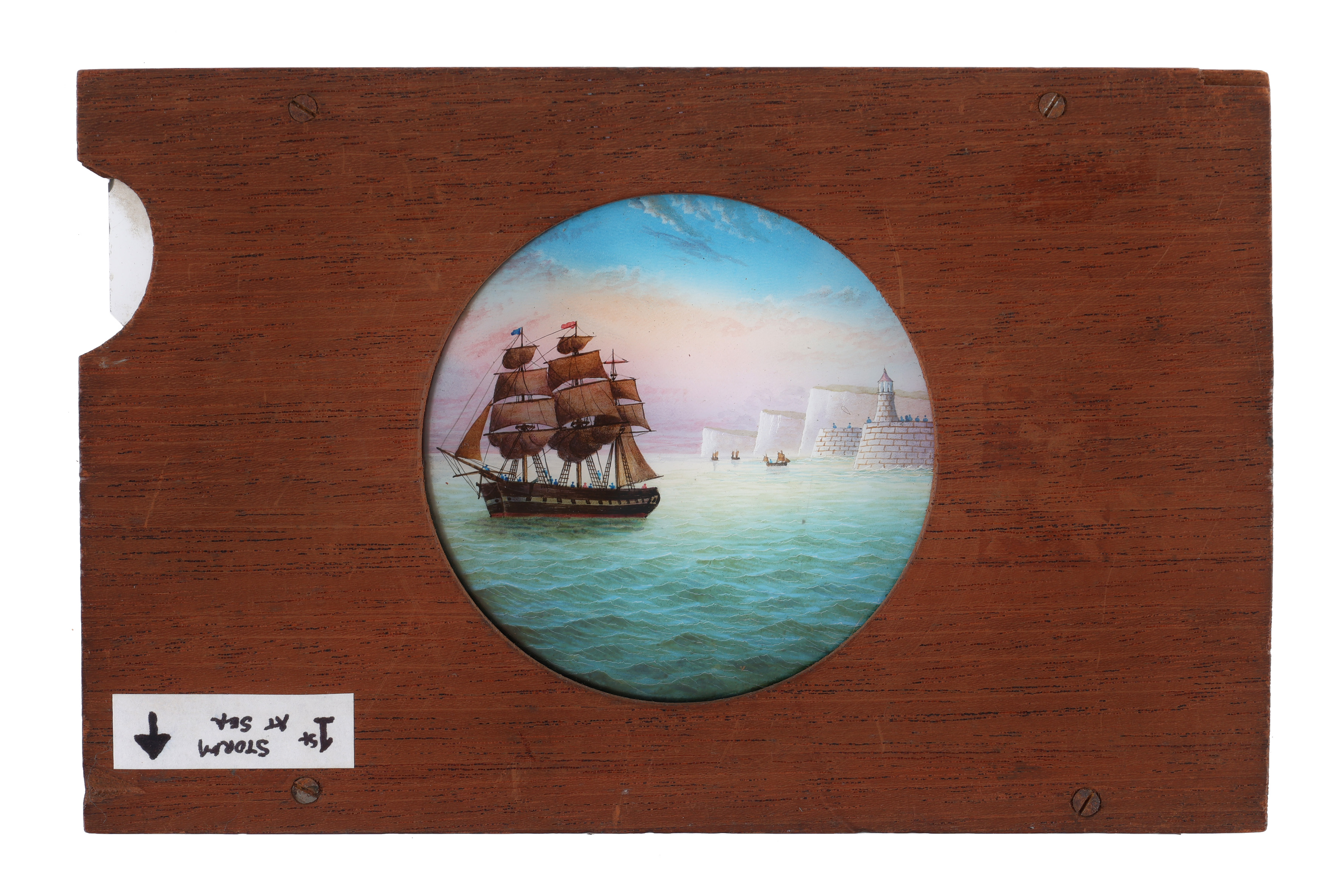
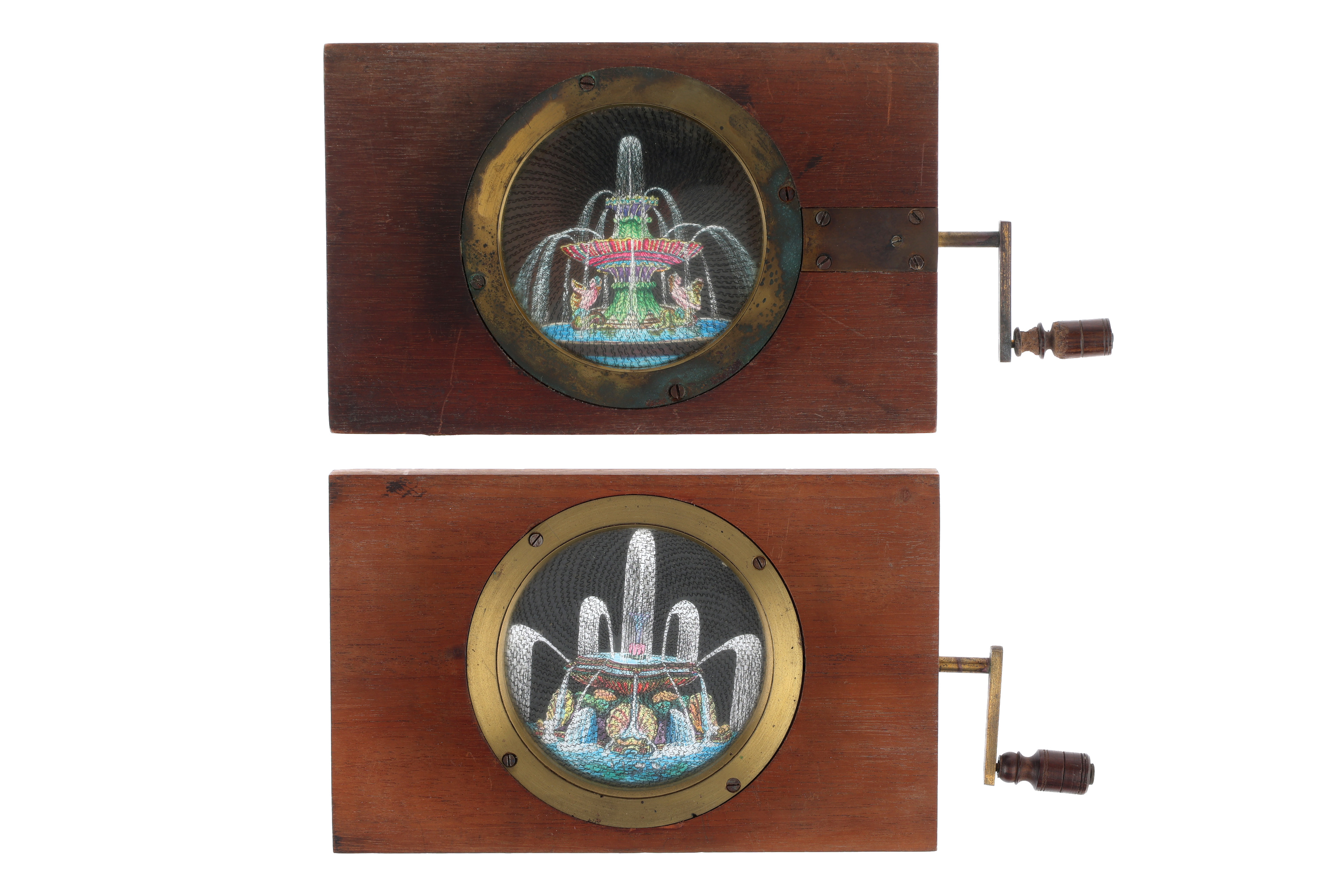
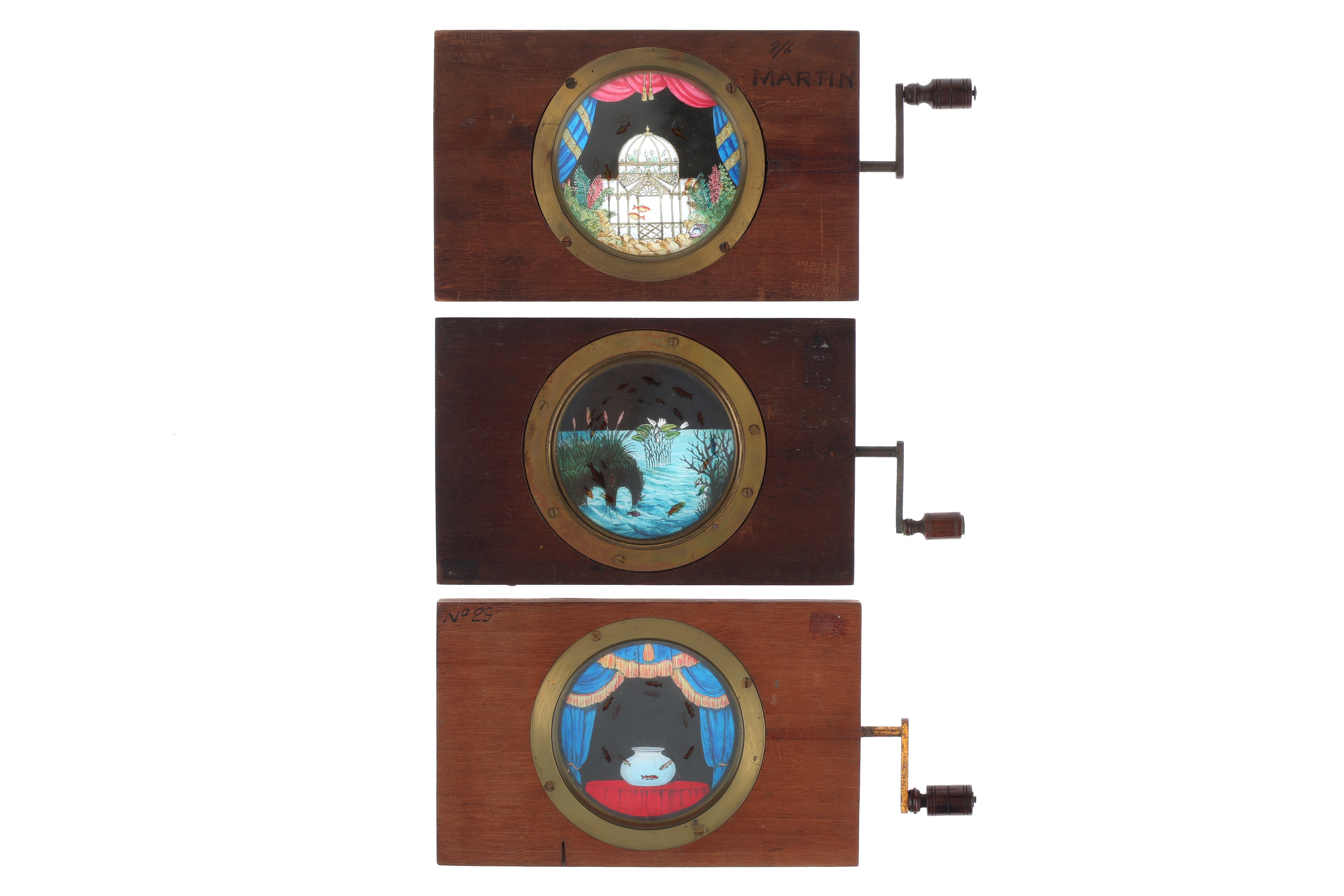
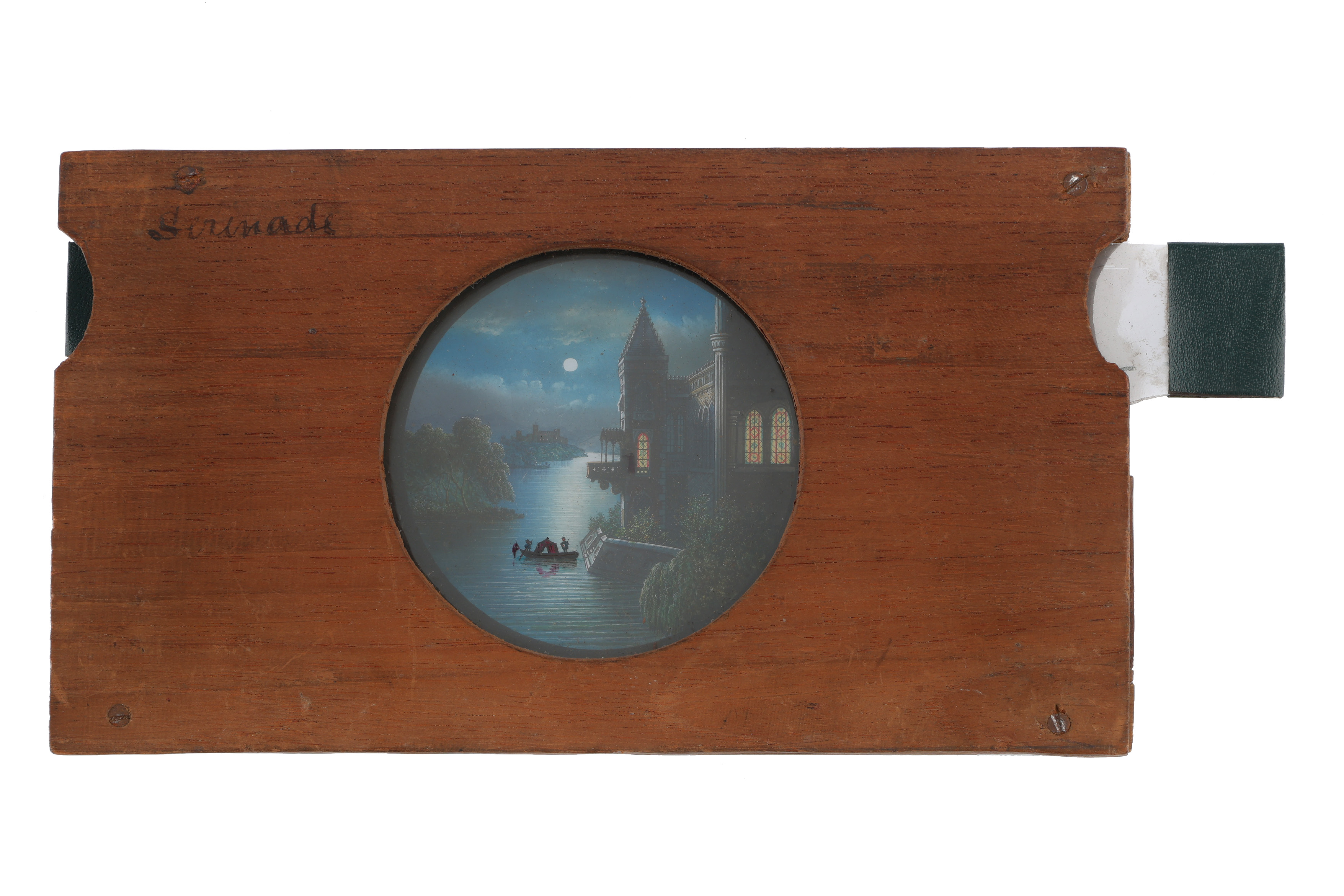
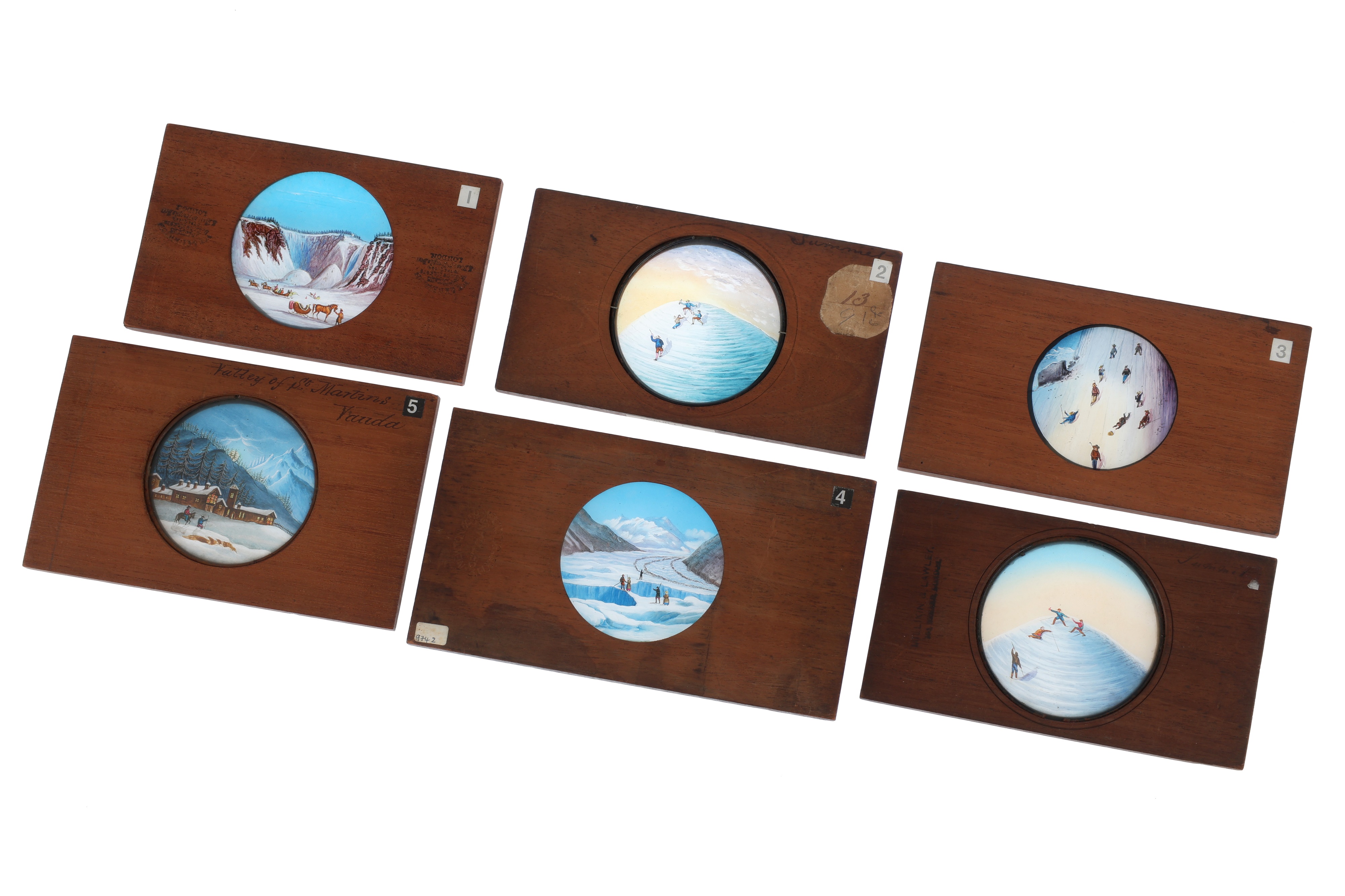
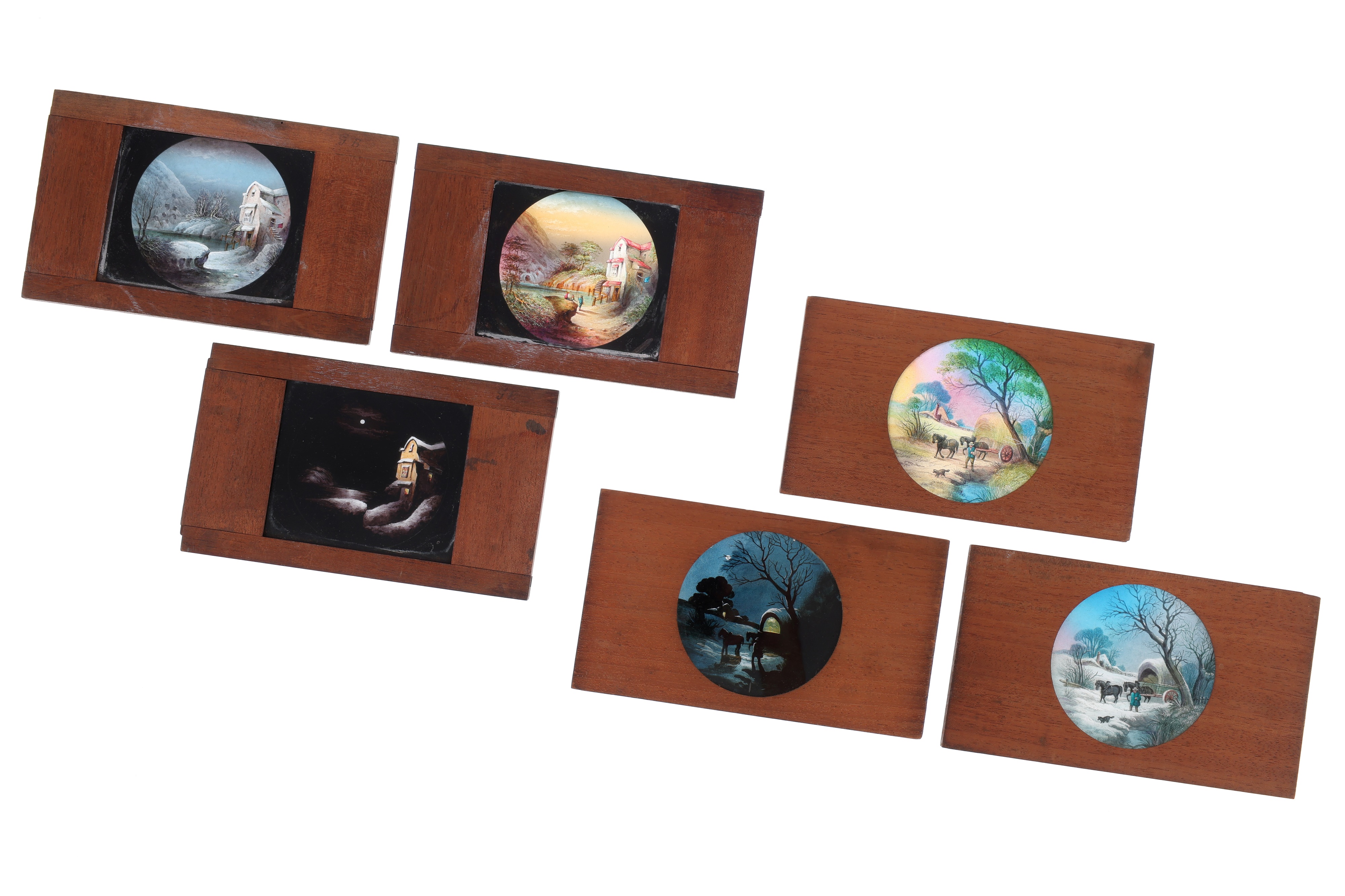
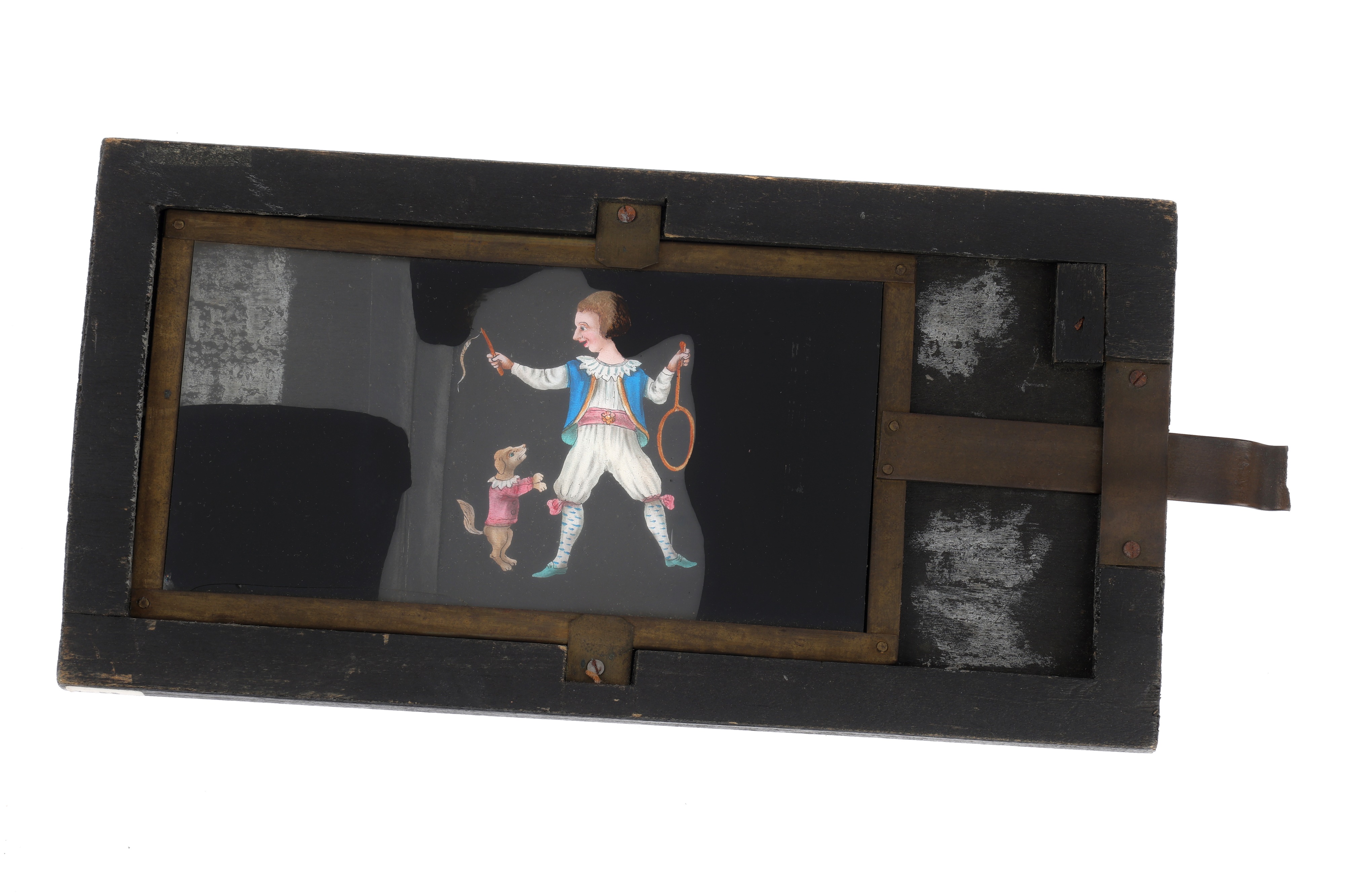
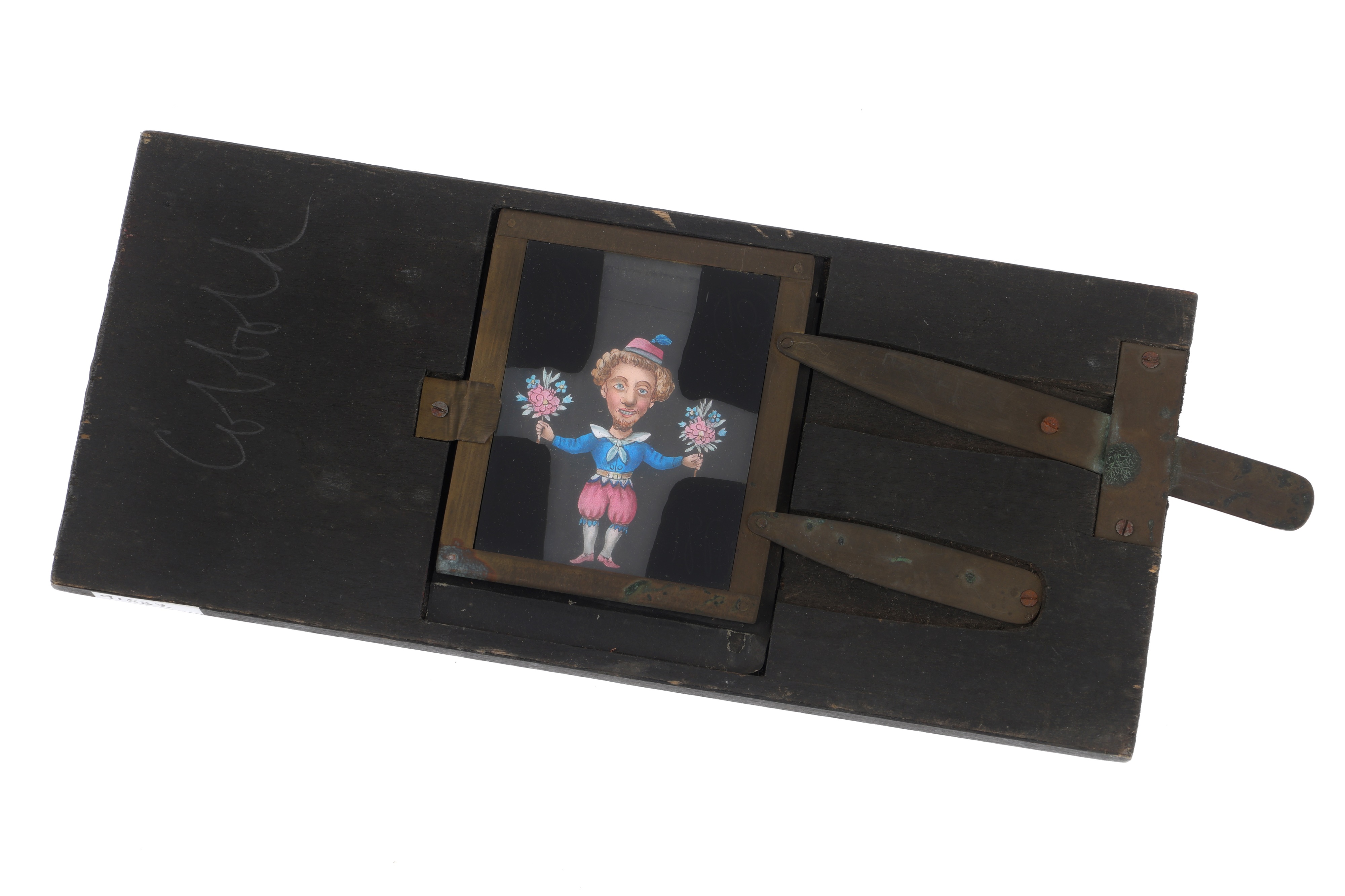
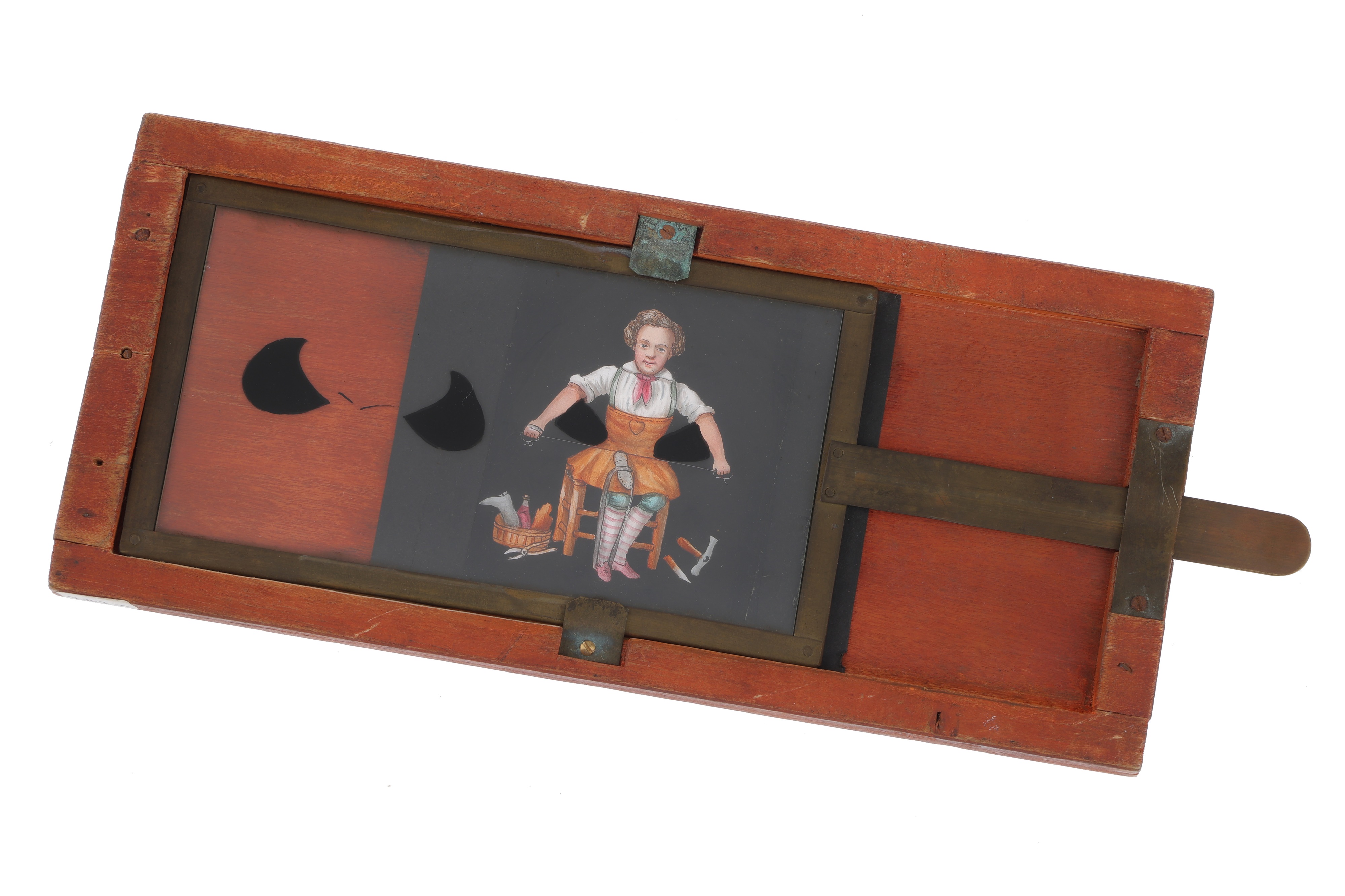
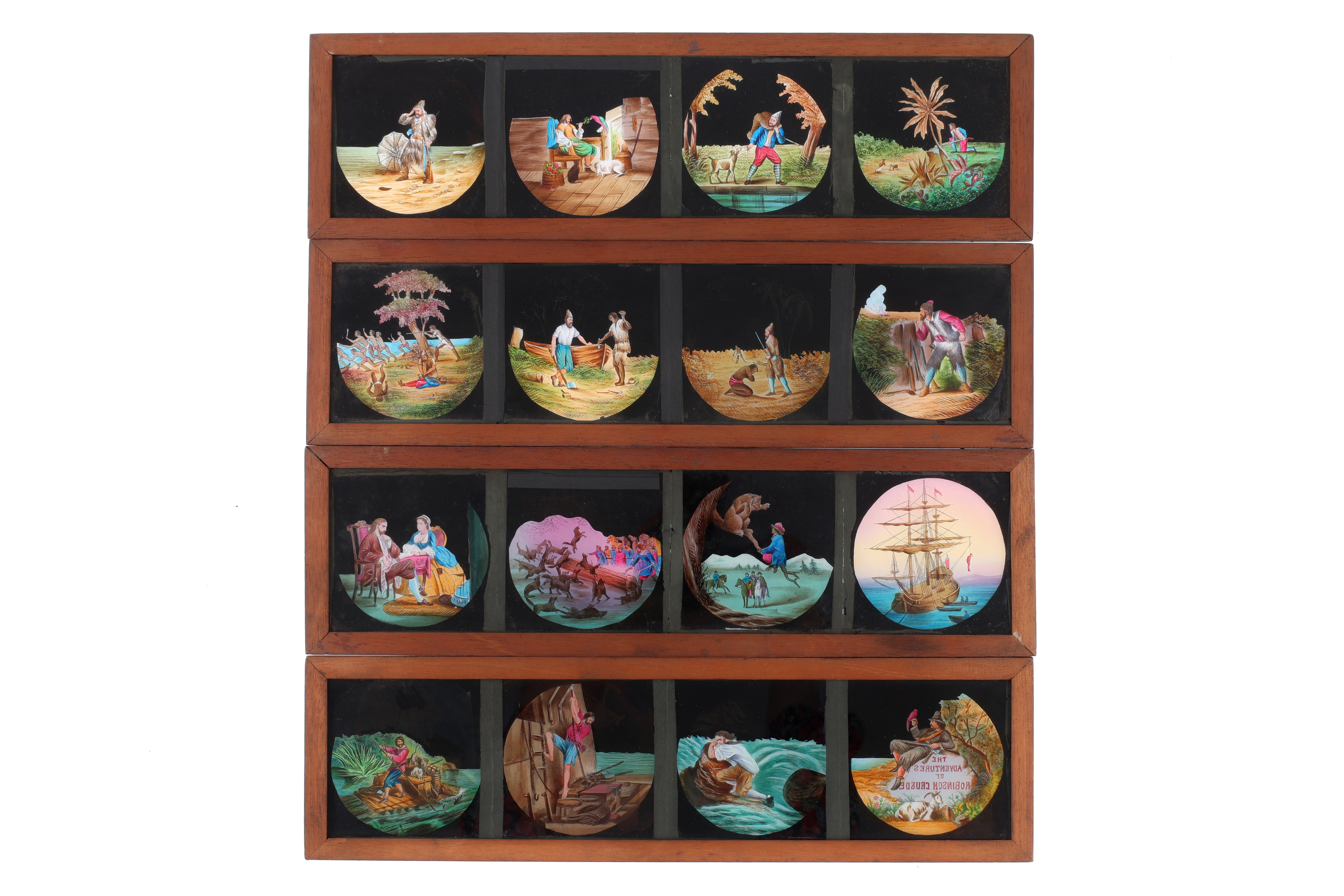
Testen Sie LotSearch und seine Premium-Features 7 Tage - ohne Kosten!
Lassen Sie sich automatisch über neue Objekte in kommenden Auktionen benachrichtigen.
Suchauftrag anlegen